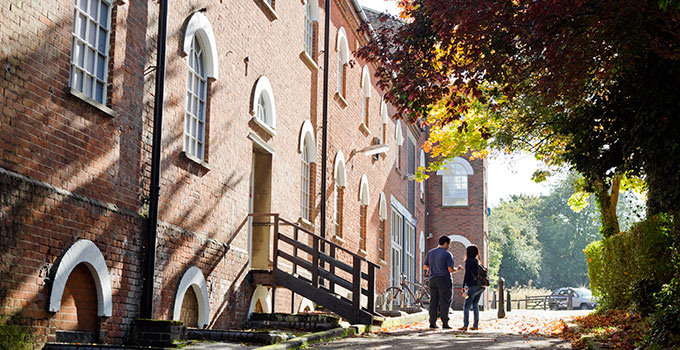Section outline
-

Welcome to the University of Buckingham Medical School. You are joining our family at a very exciting time - the dawn of independent medical education in the UK. Over the next four and a half years we will help you to become excellent doctors with a strong focus on the care of your patients as your first concern. Your course is focused on your need as learners in the same way as we expect you to focus on the needs of your patients when you are a doctor. We aim to help you along the long and complicated journey towards qualification as a doctor, though it is of course you who will have to make that journey by taking responsibility for your own development at every stage.
This information is designed to introduce you to the key features of your experience as a medical student at Buckingham. It is an overview of, and a broad guide to, a large suite of documentation that you will need to read in order to learn about the details of the course, your responsibilities, and our responsibilities to you. You have already received an introductory guide to help you with things that you needed before your arrival here. This information will help you to settle in and find your way around our systems.